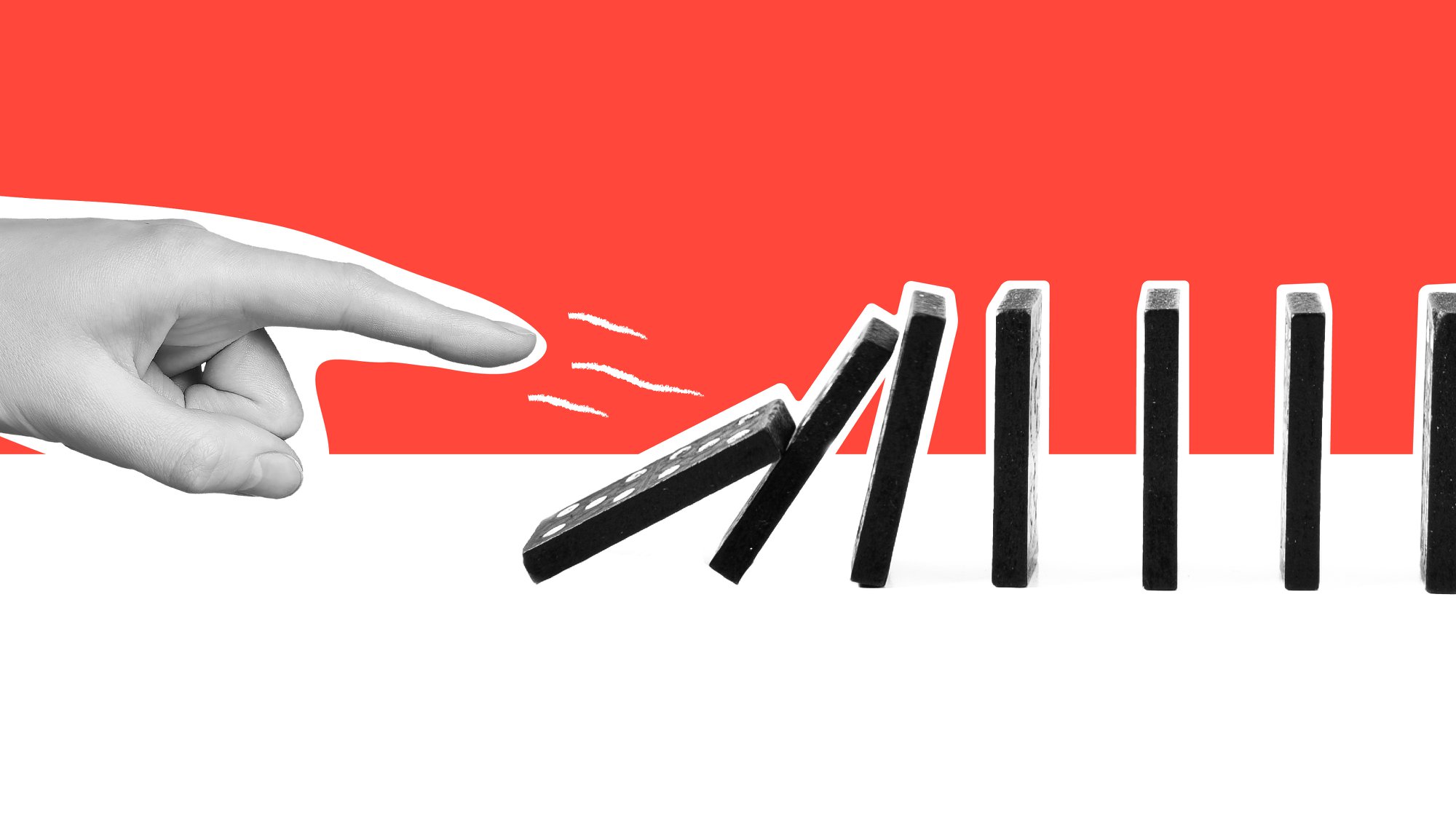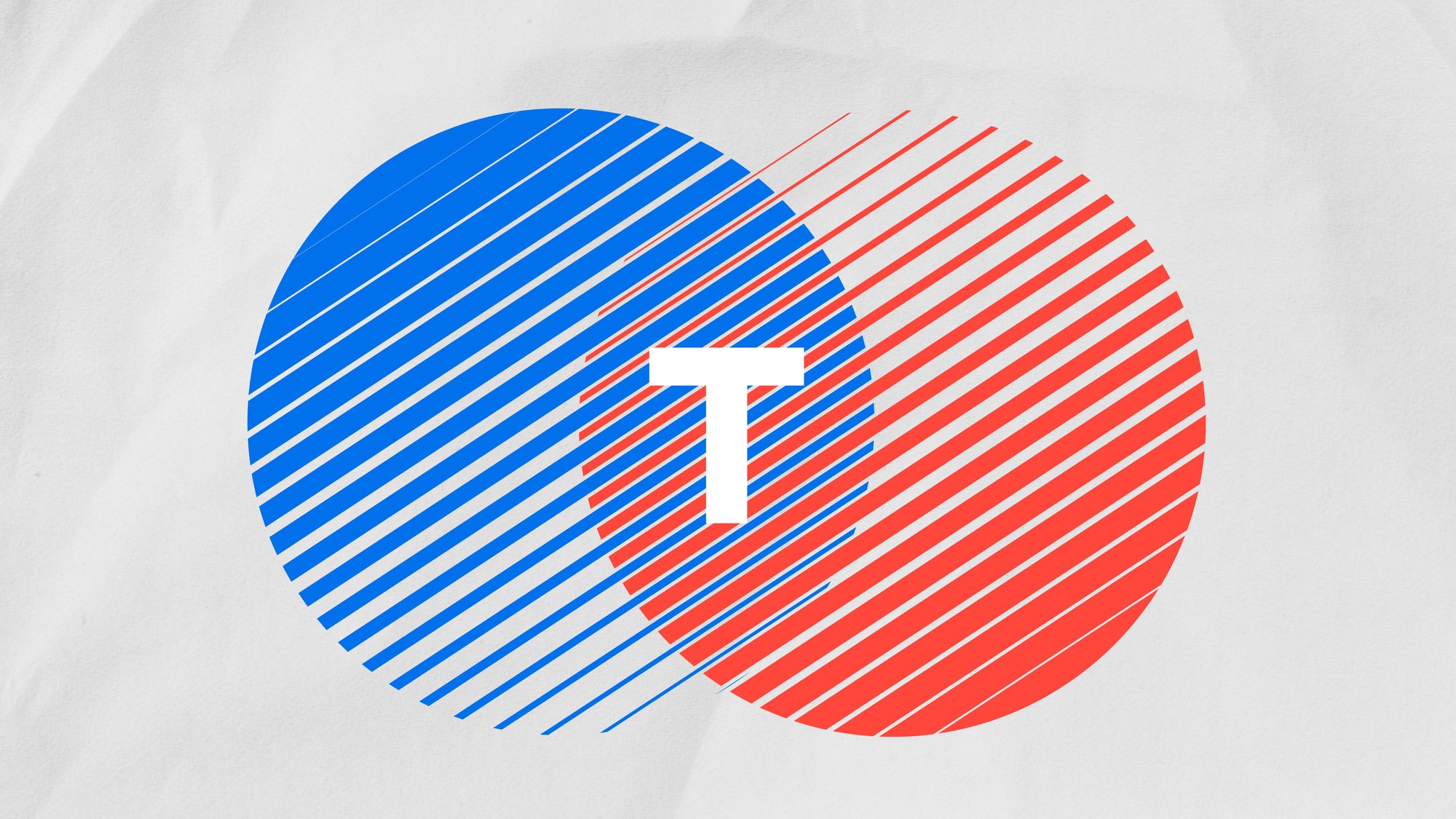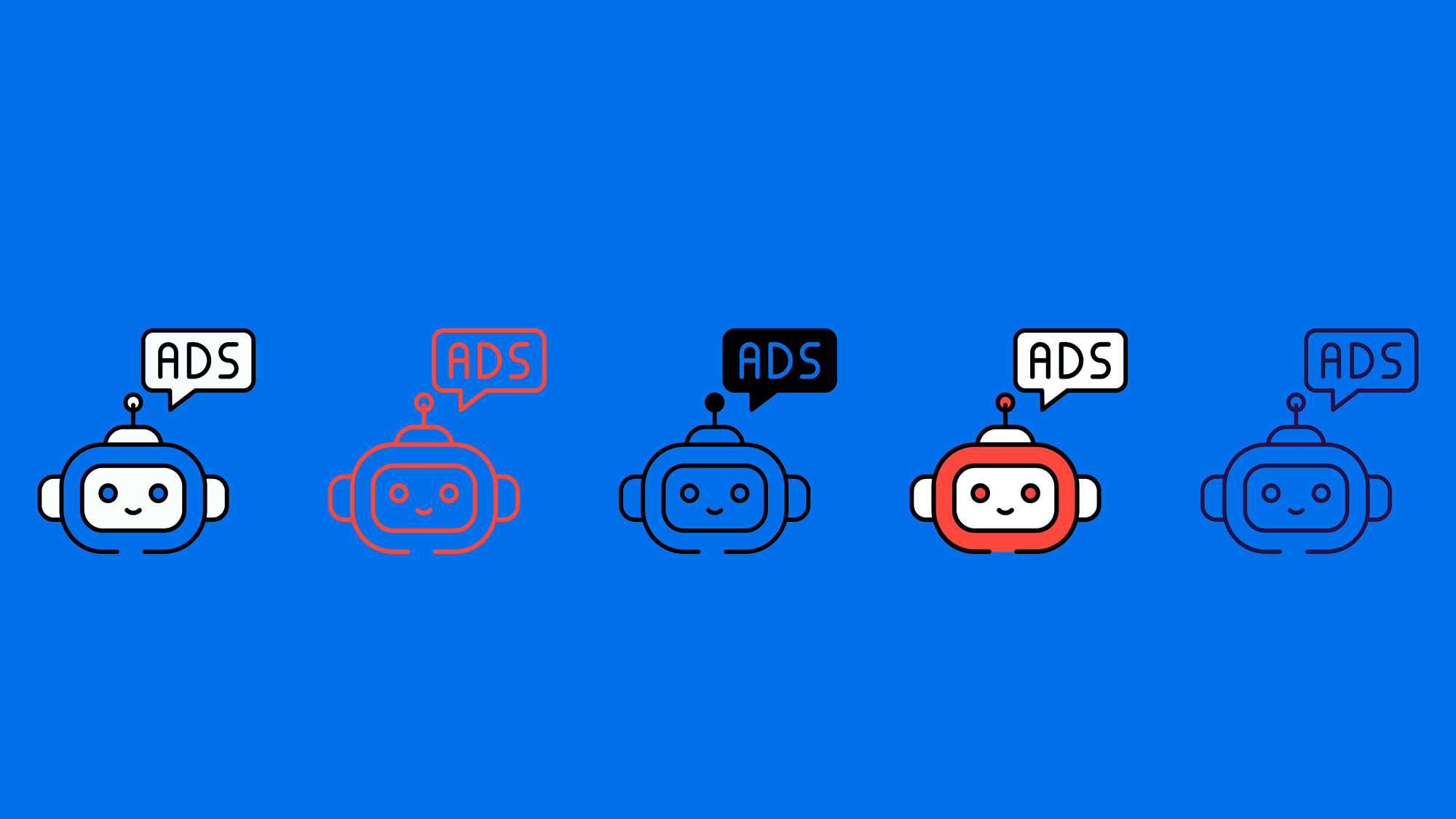Brand communications with the brain in mind

- Introduction
- Brand communications – leaning into discomfort
- The brain 101s of comms
- Securing engagement with your brand communications
- Designing with both brain and brand in mind
- More effectiveness, less stress
Introduction
Marketers typically communicate with an objective in mind. It may be to land a key message, evoke a feeling, or spur an action. Often, all three goals are featured, albeit with a varying order of priority. And most often, brand communications work fine. An ROI of 2:1, 3:1 or 4:1 perhaps?
But what if 'fine’ could be refined? What if ‘fine’ could become excellent? An ROI of 8:1 or 12:1, for example…

Brand communications – leaning into discomfort
It can be uncomfortable learning that we might be missing out on something better. A different risk exists with both outcomes.
On the one hand, we might risk cost, time and resources, and find out we’re already optimising our communications.
On the other hand, we risk having to accept we’ve wasted revenue and previously missed out on significant opportunities.
One of the advantages of having worked in marketing before taking on an educational pivot and subsequent career change in applied behavioural science is that I’m able to see marketing and branding through different lenses.
I can see the world as a brand marketer. I can identify an audience, have a message, a brand identity to uphold and reinforce, and try to connect the three as best as possible. The behavioural science lens, however, offers a different perspective. It helps me factor how attention works. It helps me consider the cruciality of context – how memory works in such contexts and how we process information.
And, this all helps when considering the objectives the communications need to meet.

The brain 101s of comms
When thinking about brand communications, the obvious and first consideration is how to attract the audience’s attention. Achieving this differs depending on the context. Both in which the audience is receiving the comms and the nature of the brand and marketing message itself.
I worked on a project several years ago aimed at optimising different creative for different digital channels. And in this project, we were surprised to discover that people had become so familiarised with panel advertising in newspapers that they were able to automatically adjust their attentional filters to ignore the advertising.
This meant that while the marketing teams were being charged a premium to occupy “significant real estate” within digital publications, the impact of that advertising was minimal/poor. It was being screened out. See you later, advertising budget!
One of the joys of working with good creatives is that there are multiple ways of attracting attention. And, from what I know of the science, there is no single formula for what works. This allows for a nice interactive and iterative process in which we explore, create, test, assess and enhance the attention-capturing capability of work.
Securing engagement with your brand communications

A communicator needs to sufficiently hold the attention, once it’s been captured, fending off all sensory stimuli trying to divert attention elsewhere. There are certain means of achieving this, though signalling relevance is key.
Relevance can be communicated in a multitude of ways, from signalling a functionally useful product/service to the receiver, to simply being a piece of entertainment in an otherwise routine day.
Engagement should flow naturally into the final key requisite – that of achieving a specific outcome.
The clarity of the communication’s purpose is key here. The requirement might be that a message sticks with the receiver. It might be that the audience perceives or feels about the brand in a certain way. And often in marketing, there is a desire to spur an action from the audience…to buy a product, to register an interest online, to wash our hands, to donate money to a charitable cause…you get the gist.
And it’s often here, when seeking a specific outcome, that we can dip into a toolkit of nudges to make the communication more effective in achieving its outcome.
Designing with both brain and brand in mind
We do this as a standard part of all campaigns and communications at the Team. During the last year, our approach has yielded ROIs of £12:1 and £8:1 in campaigns for different clients, reaching very distinct audiences. We don’t always achieve this level, but we’ve yet to see an underperformance.
We were even approached by a new client, a leading tech company, over recent months, who asked us to develop a nudge communications guide. The idea for this project was to equip their brand marketing teams around the world with a toolkit of nudges, tips and tricks that could help their communications be that little bit more effective.
Early feedback on this has been extremely positive, and we eagerly anticipate the results in several months.
More effectiveness, less stress
We pride ourselves on both the quality of our work and the way we work at the Team.
If you’d like to know any more about either our nudge guide or to understand whether behavioural science could take your next campaign from “fine” to “sublime”, then please get in touch here!




